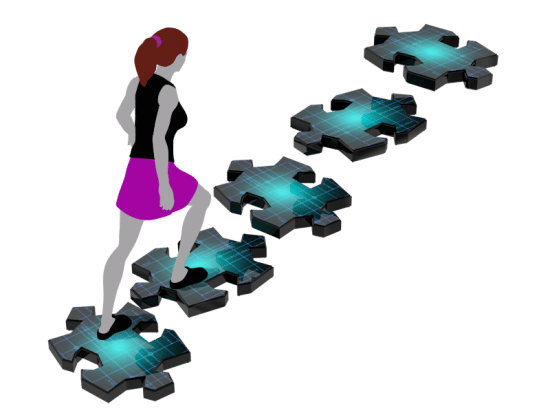We now have the possibility to browse through limitless shops and purchase goods and services from almost anywhere in the world. This has revolutionised the way people shop, and now the possibilities are endless, yet this commerce evolution is banging its head on a barricade.
We are able to access all types of products whilst browsing attractive sites that provide enjoyable shopping experiences, but, when it comes to the critical moment of entering personal and payment details, all of this will mean nothing if the consumer abandons their purchases.
A new white paper released by myPINpad, Digital Payments – Bridging the gap between security and convenience, analyses the limitations of the current payments ecosystem. It reveals that consumer concerns over payment security – either too much or too little – causes 35% of all abandoned carts in online commerce. In other words, too complex or unsecure authentication and payment processes cost the global economy $1.4tn in abandoned sales.
This could be easily solved, because, in reality, there is no lack of technology preventing a smooth and secure system. What we have is a failure to address the collective needs of the payment stakeholders; consumers, retailers and banks.
So, what do stakeholders want and what do stakeholders actually get?
Consumers want a consistent simple standard transaction, similar to that of shopping in-store; something that they can trust and easily use. If a payment method doesn’t appear trustworthy, is not consistent or is too complex, it won’t be widely adopted.
Retailers want something that is both future-proofed and easily adaptable to existing payment systems.
Banks want security and compliance and something that can work with their existing infrastructure.
Our industry thrives on innovation but often innovation happens because it can be done, not because it needs to be done. The emphasis is on being disruptive and radical. But is this really what is most important?
Looking at consumers, what is important for them when they are making online payments? Put simply, it is security. A YouGov poll from 2014 asked about online shopping experiences[1], 69% agreed with the statement, “I am concerned about security when paying for goods/services online.” From the same survey, only 20% felt comfortable using their debit cards online.
These figures should make the payments industry pay attention. Because no matter how hard we strive to make payment and authentication swift and seamless, if it is not secure consumers won’t be happy using it.[su_box title=”David Poole, Director at myPINpad” style=”noise” box_color=”#336588″] myPINpad is an enabler of multi-channel and multi-factor authentication on unsecured electronic devices such as mobile phones, tablets and personal computers. The solution can be self-hosted or deployed as software as a service (SaaS) and delivers effective security with a user friendly authentication interface. Acting as a ‘bridge’ between existing and new technologies, the myPINpad solution utilises familiar authentication systems through the use of cardholder PIN, minimises client upgrade and integration costs, whilst reducing risk and fraud for acquirers, issuers, card schemes, merchants and processors.[/su_box]
myPINpad is an enabler of multi-channel and multi-factor authentication on unsecured electronic devices such as mobile phones, tablets and personal computers. The solution can be self-hosted or deployed as software as a service (SaaS) and delivers effective security with a user friendly authentication interface. Acting as a ‘bridge’ between existing and new technologies, the myPINpad solution utilises familiar authentication systems through the use of cardholder PIN, minimises client upgrade and integration costs, whilst reducing risk and fraud for acquirers, issuers, card schemes, merchants and processors.[/su_box]
The opinions expressed in this post belongs to the individual contributors and do not necessarily reflect the views of Information Security Buzz.



